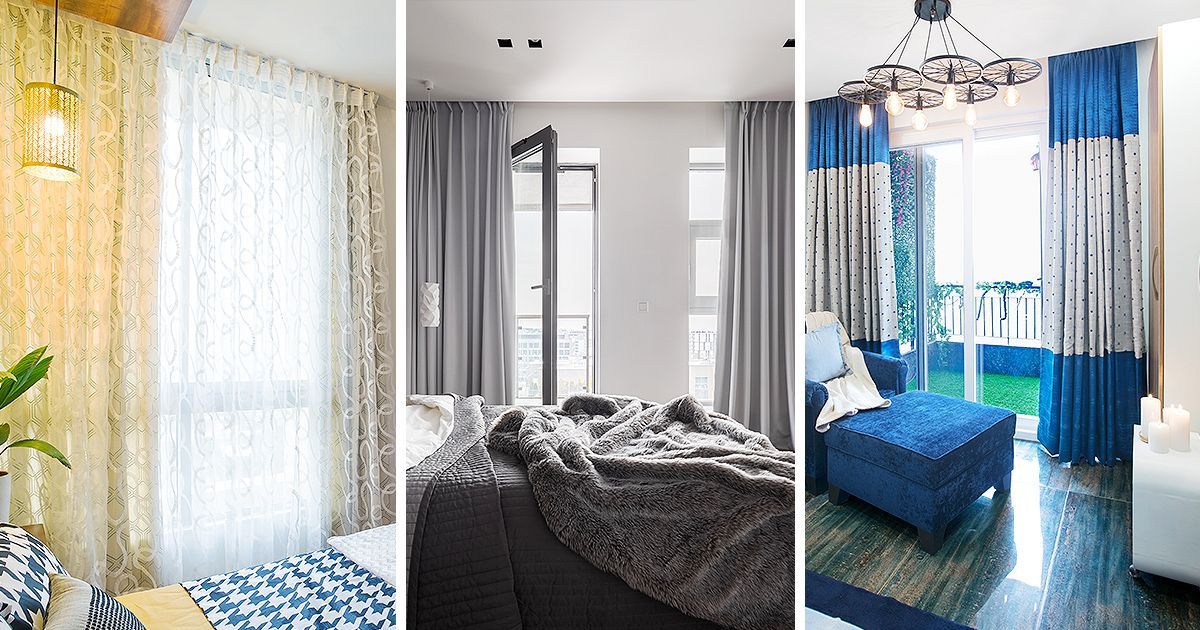In the world of interior design, curtains often serve as overlooked elements, merely thought of as functional window dressings. However, curtains are far more than just pieces of fabric hanging in front of windows; they play a crucial role in shaping the ambiance, functionality, and aesthetics of a home. Let's delve into the multifaceted significance of home curtains and explore why they are integral components of any well-designed living space.
Enhance Privacy and Security
First and foremost, curtains serve practical purposes that contribute to the comfort and functionality of a home. One of their primary functions is light control. By adjusting the curtains, homeowners can regulate the amount of natural light that enters a room, creating varying atmospheres throughout the day. Whether it's diffusing harsh sunlight with sheer curtains or blocking out light completely with blackout curtains for better sleep quality, curtains offer customizable solutions to meet the specific lighting needs of different spaces within the home.
Creating Ambiance and Mood in Each Room
Moreover, Home Curtains provide essential privacy, especially in areas where homes are closely situated or where there is foot traffic passing by. By drawing the curtains closed, homeowners can shield their interiors from prying eyes, creating a sense of security and seclusion within their living spaces. This privacy aspect is particularly crucial for bedrooms, bathrooms, and ground-floor rooms, where personal activities are carried out and where occupants desire a retreat from the outside world.
In addition to their practical functions, curtains also significantly contribute to the aesthetics of a room. With a myriad of fabric options, colors, patterns, and styles available, curtains offer endless possibilities for enhancing the visual appeal of any space. Sheer curtains can add an ethereal and romantic touch to a room, while bold, patterned curtains can serve as statement pieces, infusing personality and character into an otherwise neutral space. Curtains can tie together the various design elements of a room, acting as focal points or complementary accents that elevate the overall aesthetic.
Different Styles and Designs
Furthermore, curtains have the power to create the illusion of space and add dimension to a room. Floor-to-ceiling curtains, when hung properly, can draw the eye upward, making a room appear larger and more spacious. By choosing curtains that match or complement the wall color, homeowners can create a cohesive and harmonious look that visually expands the boundaries of a room. This technique is especially useful in smaller or poorly lit spaces, where maximizing visual appeal and creating an open feel are top priorities.
Beyond their practical and aesthetic contributions, curtains also offer insulation benefits, helping to regulate indoor temperatures and improve energy efficiency. During the colder months, heavy curtains provide an additional layer of insulation, reducing heat loss through windows and helping to maintain a comfortable indoor environment. Conversely, during the warmer months, light-colored curtains reflect sunlight and heat, preventing rooms from overheating and reducing the need for air conditioning.
In conclusion, home curtains are indispensable elements of interior design that offer a blend of practical functionality, aesthetic enhancement, and comfort. From controlling natural light and providing privacy to adding style and visual interest to a room, curtains play a multifaceted role in shaping the ambiance and livability of a home. By carefully selecting curtains that meet both functional and aesthetic needs, homeowners can transform their living spaces into inviting and personalized retreats that reflect their unique tastes and lifestyles.

Comments
Post a Comment